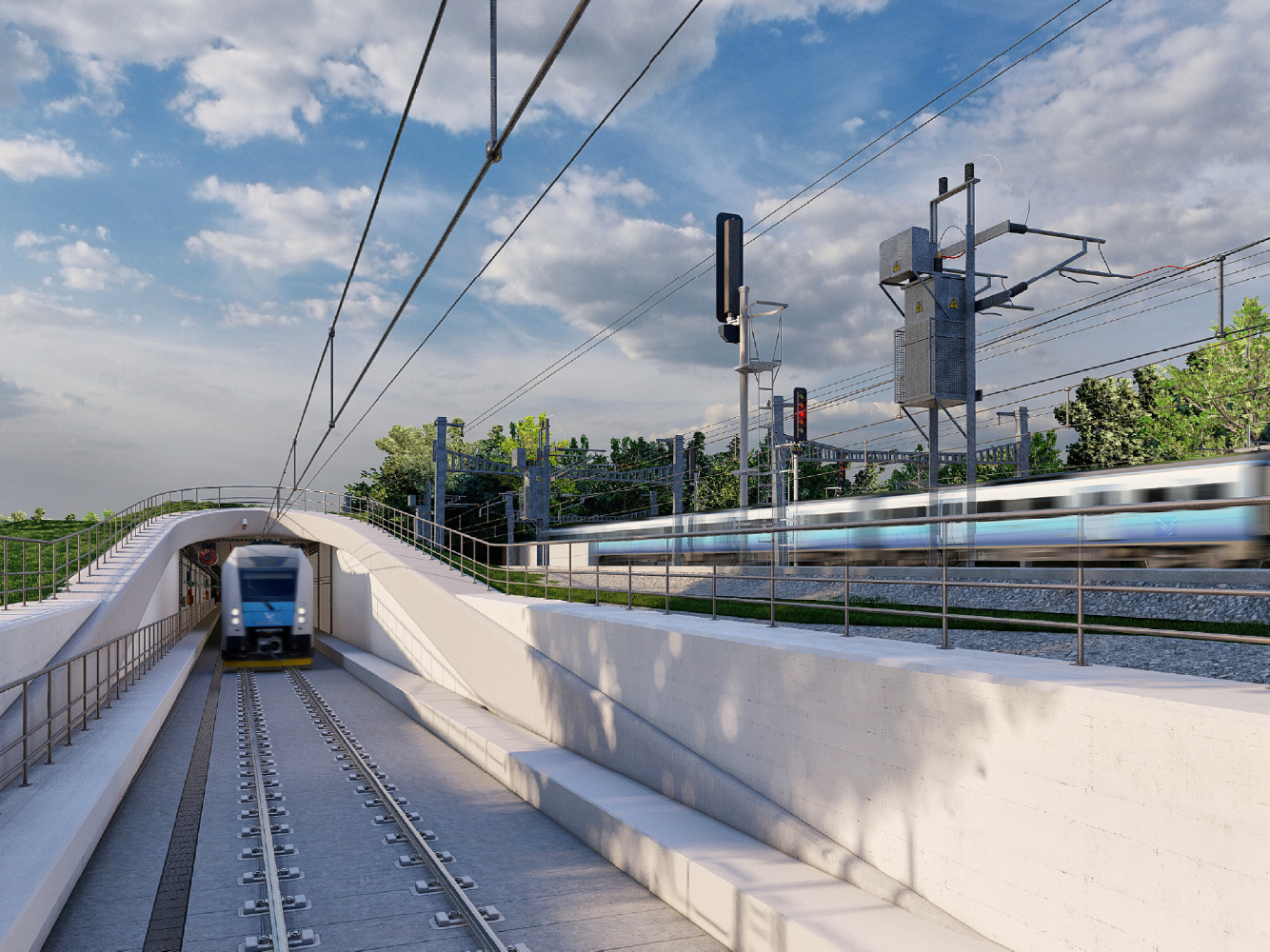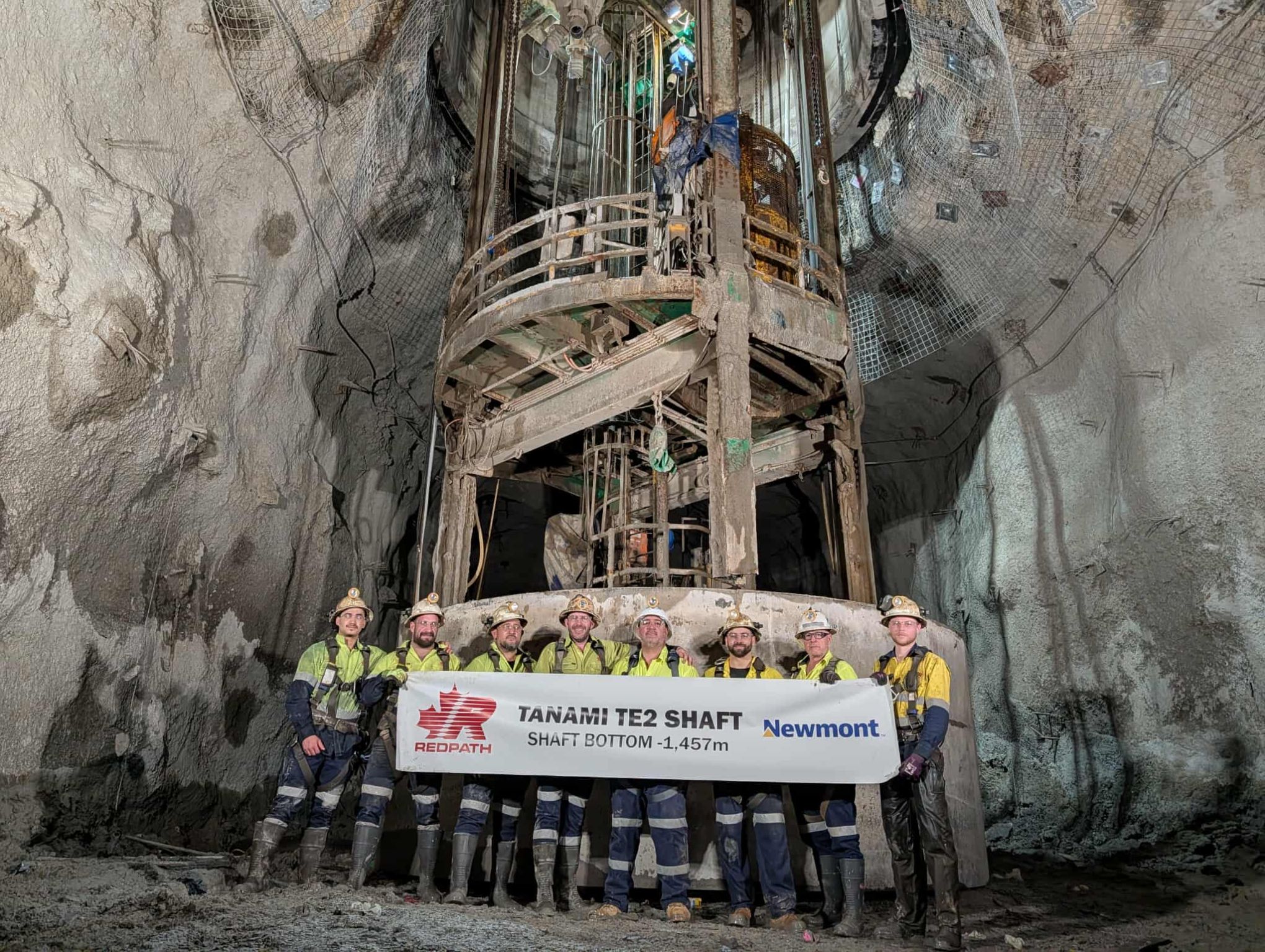African Underground Mining Services (AUMS) is bringing world class Australian deep mining practices to West Africa and proving itself an essential partner to some of the world’s leading gold mining companies.
Until comparatively recently, underground gold mining—particularly in West Africa—has been conducted on an owner/operator model: the owner of the resource would develop and run the mine using their own equipment and personnel. But gold is massively important to the national economies where these resources lie; it is in stimulus mode these days because of the record prices of up to $1,800 per ounce it has been hitting; and all this adds up to a lot of pressure to get it out of the ground quickly.
African Underground Mining Services (AUMS) was launched in 2007 to take advantage of the trend away from owner operation and towards a more efficient contracted-out model. It’s a joint venture between Australia’s biggest underground mining contractor Barminco and Ausdrill, a leading drilling, blasting and exploration specialist which has been operating in Africa since 1991, with its wholly owned subsidiary African Mining Services (AMS) commencing in Ghana in 1997.
Getting a capable underground mining specialist in to speed up mine development, and in many cases production too, can have a massive impact on the share value of the quoted mining companies and the NPV (net present value) of their assets, says AUMS general manager Glenn Heard. “We specialise in high speed mechanised mining. We get in there with the right equipment and we get the tons out of the hole so the client can keep his promises to the market.”
As an illustration of this claim, the single jumbo drilling machine AUMS operates at the Gara mine on Randgold Resources’ Loulo complex in Mali has been outperforming six jumbos operated by the client at its adjacent Yalea mine. “Mechanised mining is our bread and butter. We have our own operators, own our equipment and train our people to use it—we also do our own maintenance. Alternative ways of doing it may look cheaper on paper but the result is often exactly the opposite!”
The process of getting a mining resource to mineralisation divides into the development and production phases. Development involves creating the access to the ore body, and AUMS had been working for over a year on the Gara development contract when Randgold awarded it a further three year $100 million development contract to access the deeper resources below its existing mine at Yalea. Subsequently, Heard hopes to secure the production contract at both mines for AUMS: negotiations are in progress.
In Ghana, the joint venture has been working for two major clients, US-based Newmont and Kinross from Canada. AUMS has been working for Newmont since 2009 when it was awarded an initial contract for exploration and about three kilometres of tunnelling as well as some 28,000 metres of diamond drilling at its Subika project in the south of the country. “We completed that in February 2011 but have remained on site doing some development work and some more diamond drilling.”
This is potentially a very big project, he says, now proceeding to Stage 3 which will involve significantly more development prior to getting the mine up to its operational target of 200,000 stope tons per month. It is also of strategic importance to Newmont’s West African operations. “We want to be a part of that and are making a lot of effort to get everything right that we do for them.” There have been no complaints thus far, and Heard is confident that Newmont has lots of good reasons to retain AUMS for Stage 3.
Kinross bought Red Back Mining in 2010, acquiring its Chirano complex including the Paboase mine, where AUMS has been sinking the initial declines, a job that will take a couple more years, he estimates. “Paboase is at an early stage. We have just hit the first ore levels: we are driving on those and we hope to start production there in the fourth quarter of 2011.” He is keen to see the project right through its projected 12-year production life, partly because it offers challenges that will enable AUMS to prove its unique value to the development of West African mining.
A redesign in progress is expected to call for changes to the stoping methodology and the introduction of technology never before used in West Africa. Cement rock fill (CRF) is a technique whereby primary stopes are backfilled before driving secondary stopes between them. It’s a critical process, Heard explains: “You need to be able to get the mix right, and the sequencing has to be controlled to ensure an even flow of ore to the mill.” Significant amounts of materials have to be obtained for the CRF too, and some of those materials are difficult to come by in Ghana. AUMS is ramping up its operations at the Chirano site, where it has 290 employees (89 of them at Paboase), a site office and an increasing stock of equipment.
With more operations coming on stream and a lack of locally trained personnel, AUMS is applying for an increased expatriate quota until it can train enough Ghanaians. In any case it is difficult to attract expatriates to inaccessible parts of West Africa. All this makes training a priority—and the amount of time available is limited. “If we take a lad off the street in Australia it takes five years to make an underground miner out of him—here we are trying to do that in under three years. We are reviewing the whole process, for example looking at simulated training environments. That helps to get rid of bad habits in the case of experienced operators, or instil good working and safety practices in ‘green’ operators who have never been on a machine before.”
Most training is on-site; however, key individuals may be sent to Australia to drink the cup of best practice at its source. AUMS has above all brought world class mining standards to West Africa, and in doing so raised the standard of the entire industry. “We use big gear, for example 60 ton trucks underground rather than 30 ton. It is completely different from what they have done previously. We believe that large equipment and higher productivity leads to more bang for the client’s buck. And the technology we have on our equipment is a bit more advanced than they are used to in most Ghana mines.”
Training people to operate and maintain this equipment while at the same time upping the standards of safety would require more expatriates in the short term, particularly as AUMS is introducing some very sophisticated safety technology. Its mines, says Heard, are the only ones in West Africa to install full ground support using either mesh or shotcrete to augment the traditional rock bolt stabilising methodology.
Right now, AUMS is happy to stick with West Africa, where it has enough work to increase its turnover by 150 per cent this year alone and with existing clients. “They have quite a few projects coming forward and we could probably start three new projects next year with them. Once that is done it will be time to look externally again for other clients and projects in our area of operations.” www.aumsgh.com



 AfricanUNDERGROUND_SEPT11_emea-bro-s.pdf
AfricanUNDERGROUND_SEPT11_emea-bro-s.pdf









